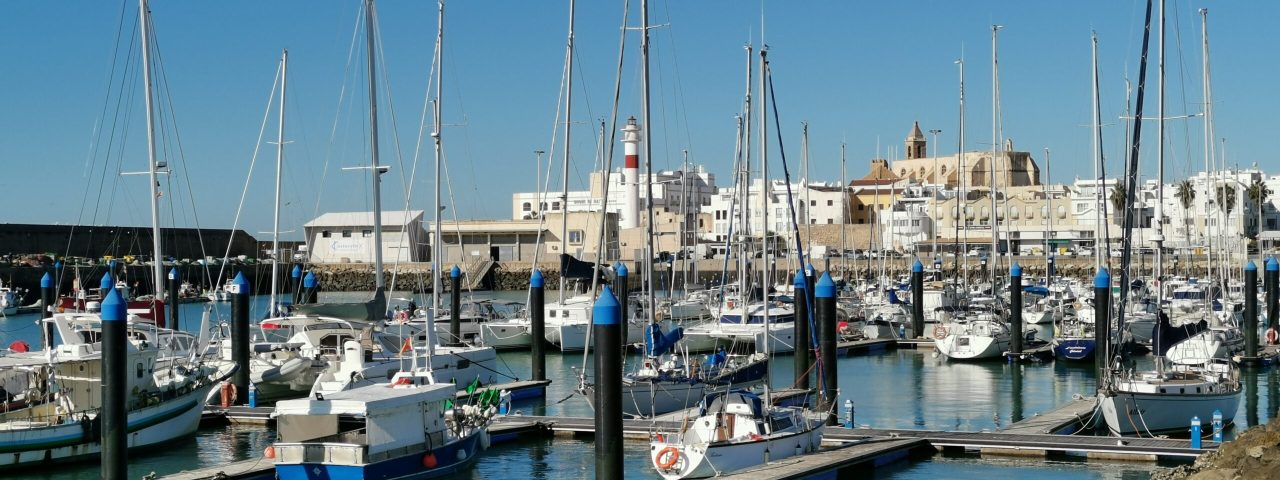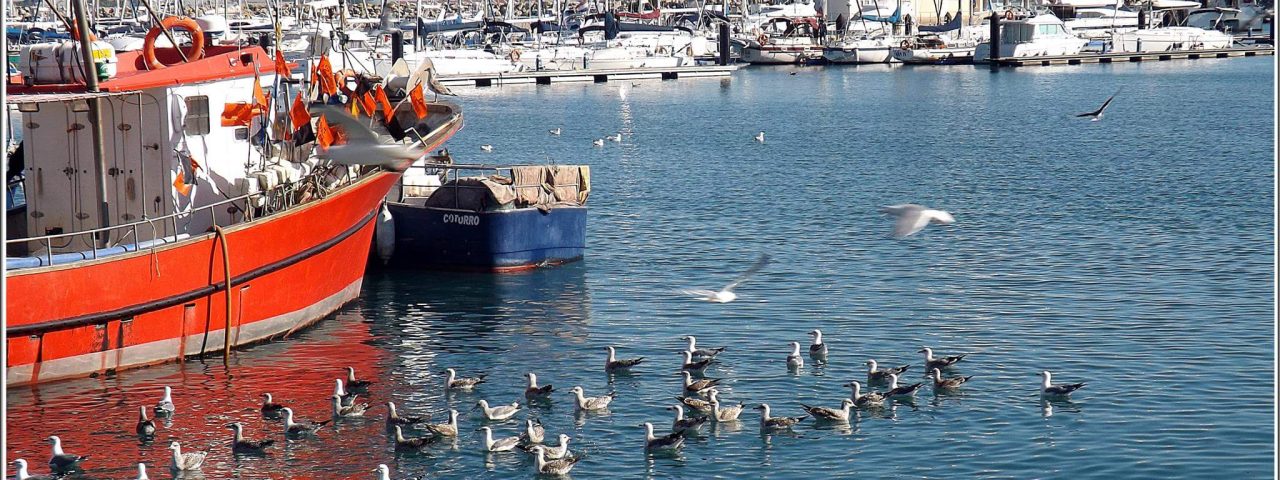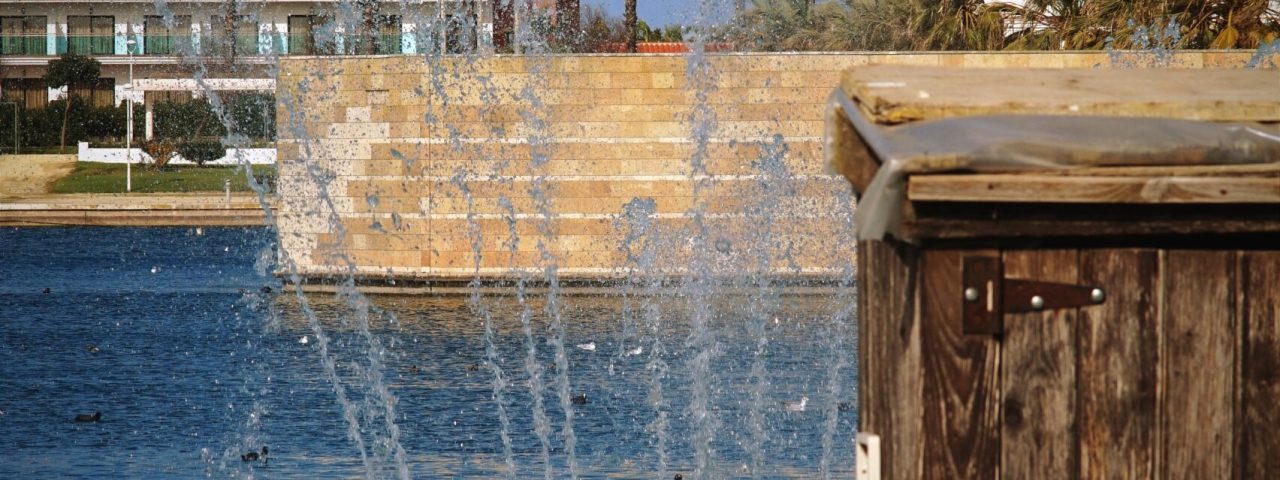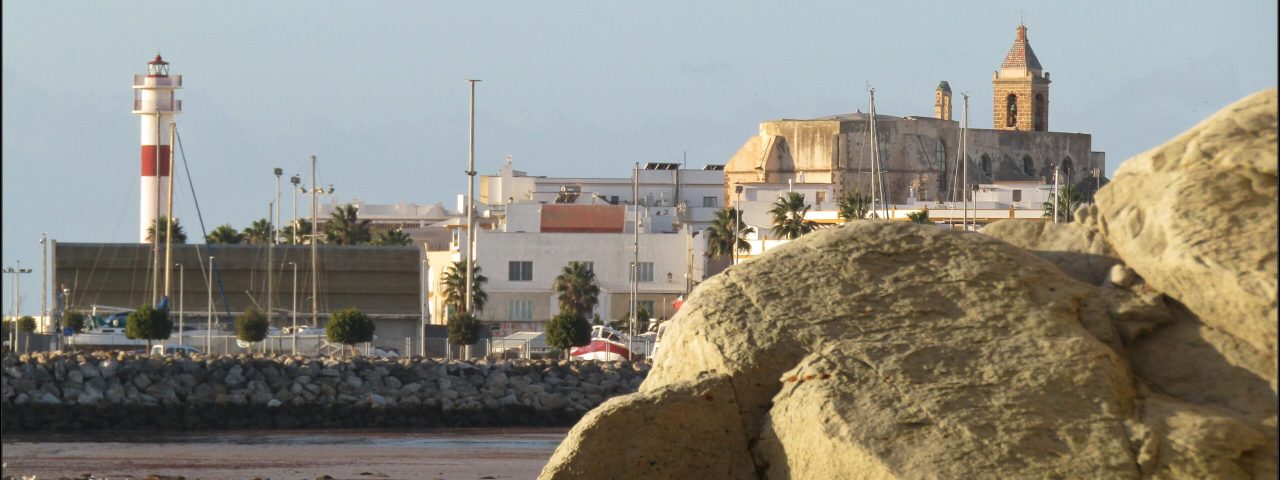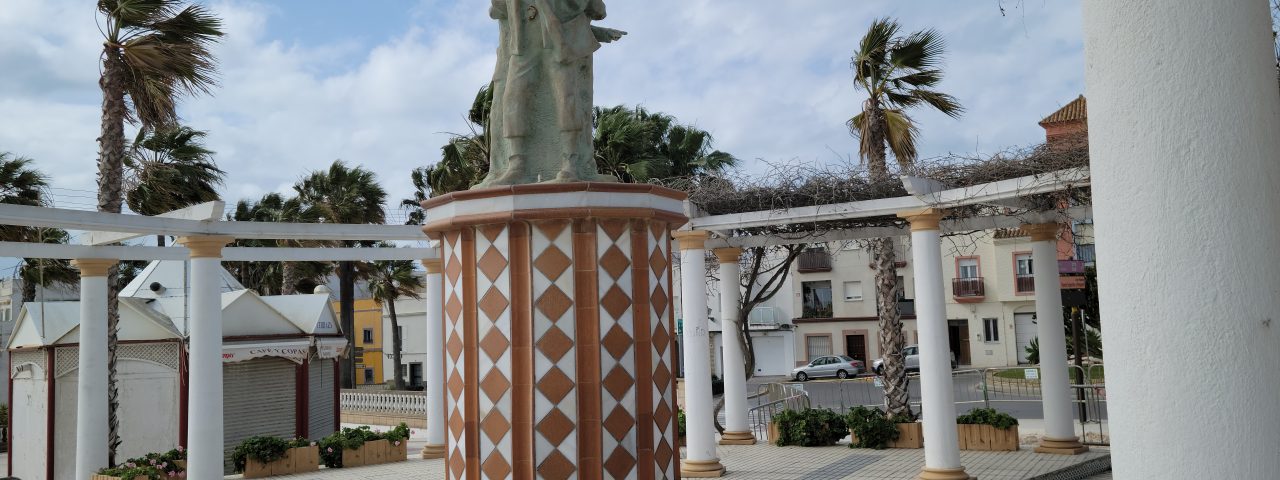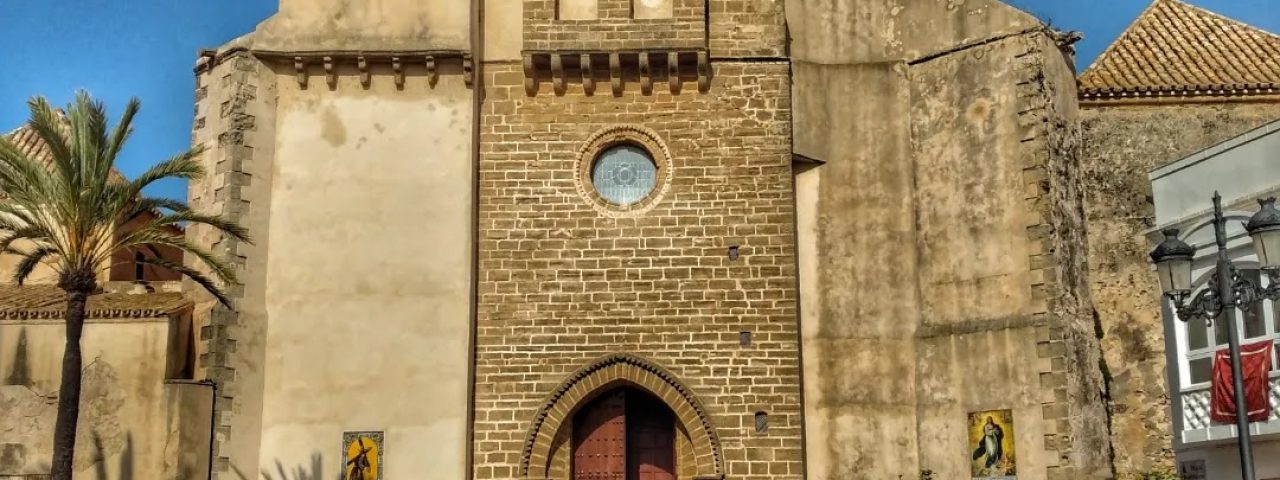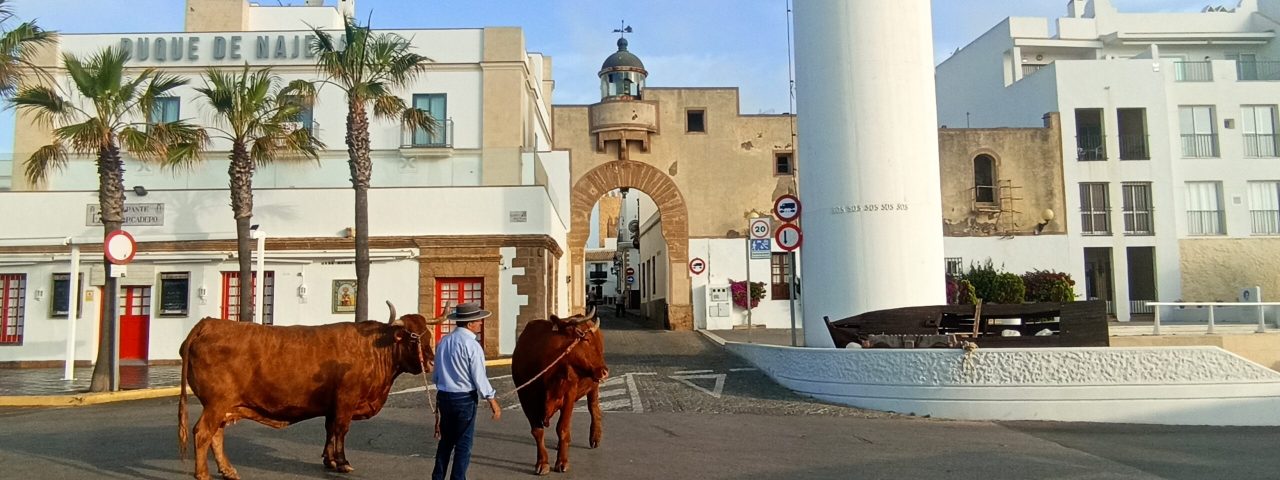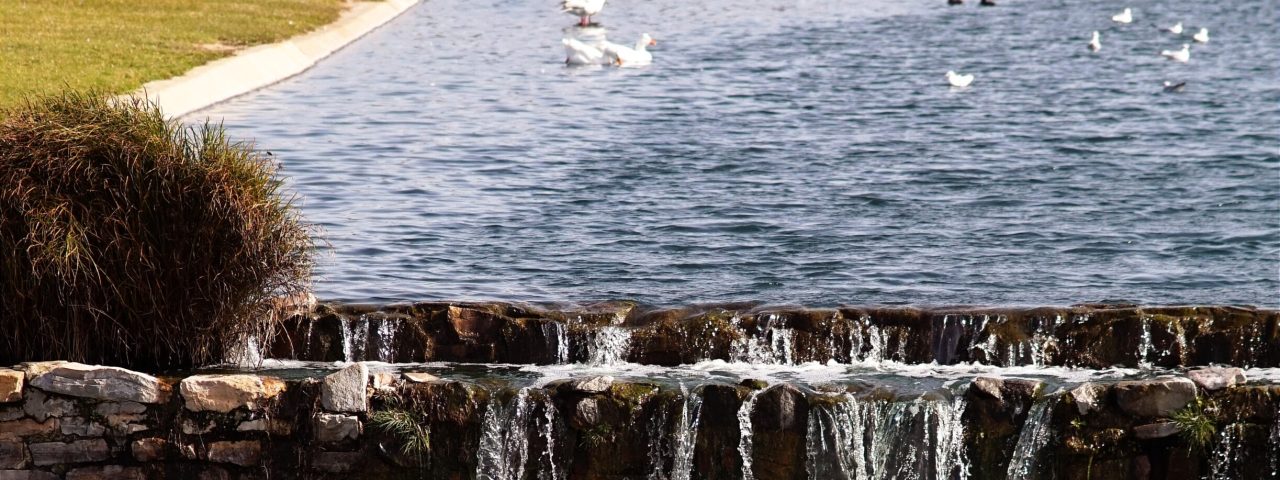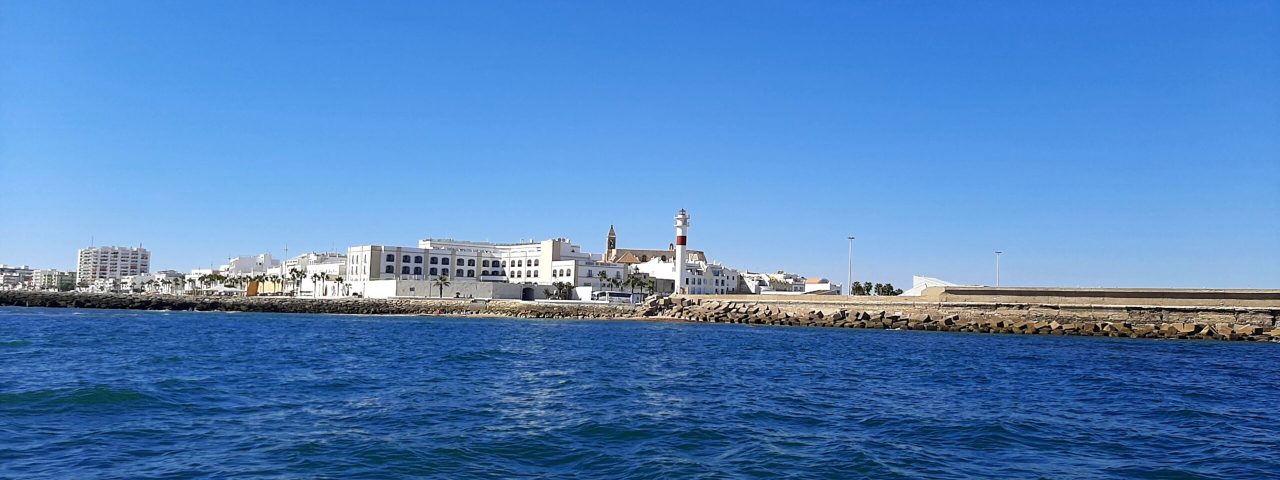Rota’s history spans thousands of years, with evidence of settlement dating back to the Phoenicians. The city has been influenced by many cultures, including the Romans, Moors, and Christians. During the Moorish occupation of Spain, Rota was part of the Taifa of Seville, and many architectural and cultural traces from that period remain. After the Christian reconquest in the 13th century, Rota grew as a fishing town and military outpost, eventually becoming a fortified city under the Kingdom of Castile. Its port has historically been a strategic point for naval activities and trade, and today, Rota remains home to a joint Spanish-American naval base.
Culturally, Rota is deeply rooted in Andalusian traditions, including flamenco music and dance, bullfighting, and religious festivals. One of the most important events in the city’s cultural calendar is the Carnival, celebrated with parades, music, and elaborate costumes, bringing the whole city to life. Another highlight is the Semana Santa (Holy Week), when processions fill the streets, drawing visitors from across the region to witness this stunning display of devotion and artistry.
Local customs and traditions also reflect the city’s rich history, including the use of flamenco music as a form of cultural expression and the celebration of harvest festivals, such as the annual Feria de Primavera. Rota’s mix of Moorish, Roman, and Christian influences is evident in its historic buildings, local dialect, and culinary traditions.
